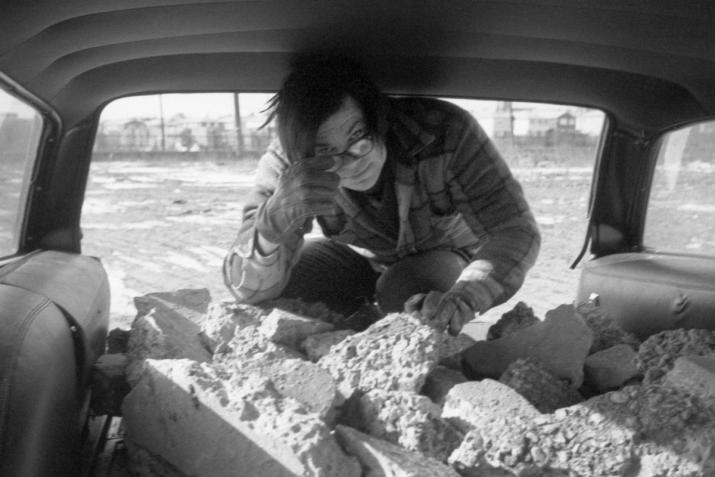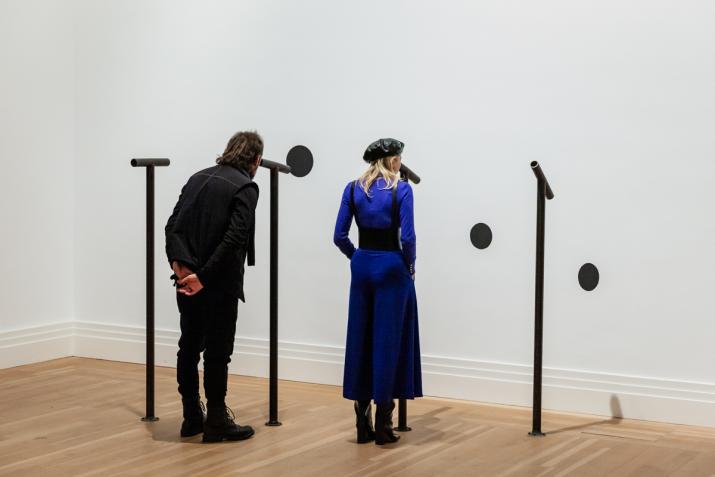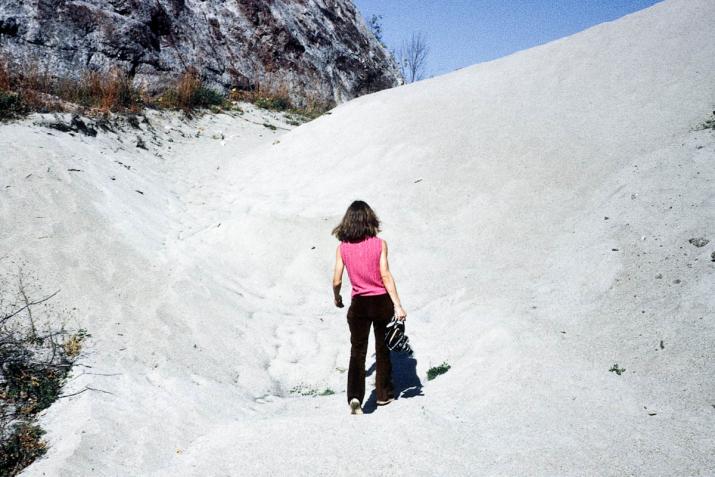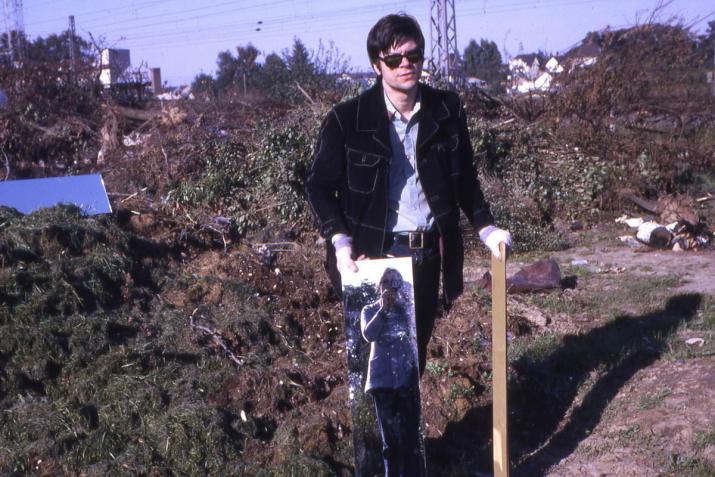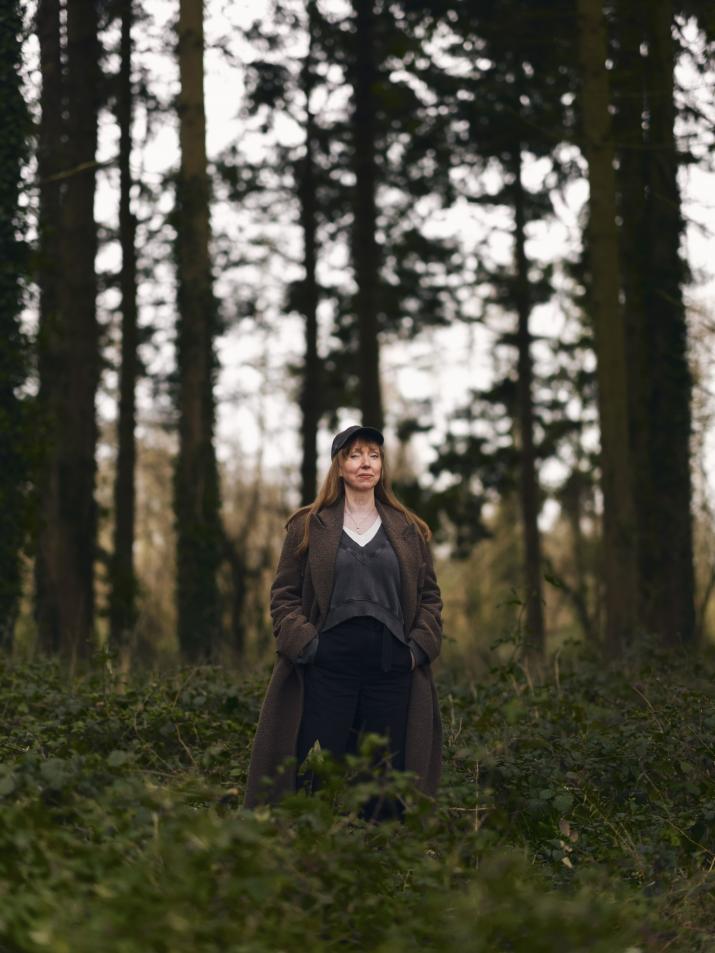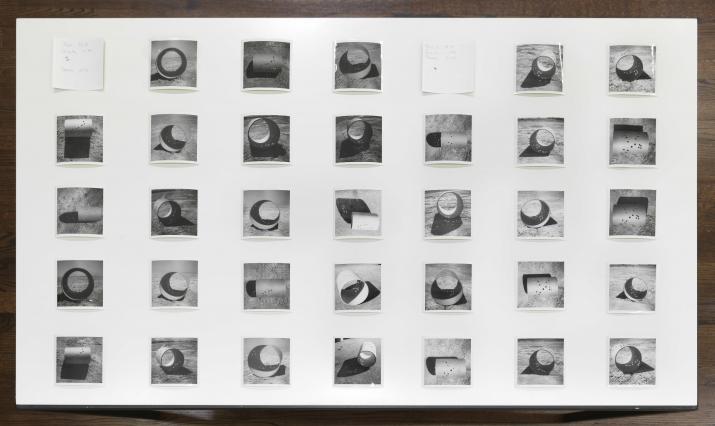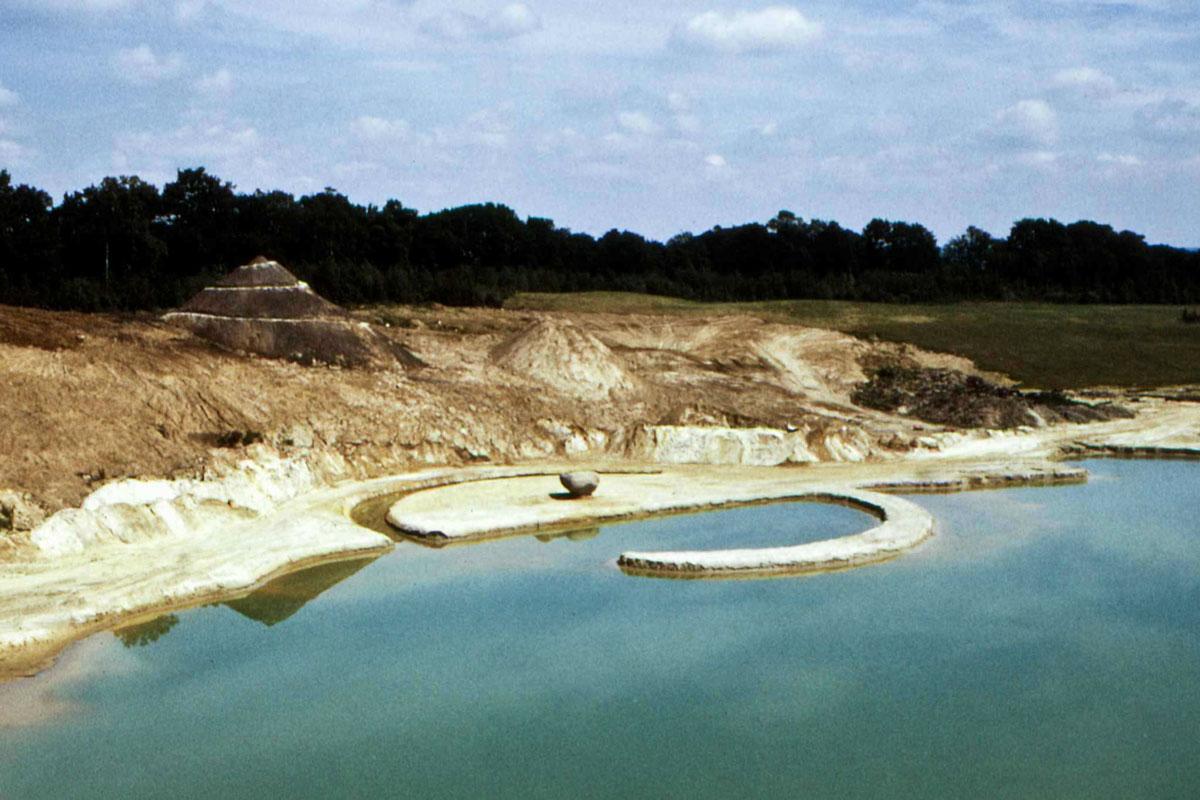

2020 Open Days at Broken Circle/Spiral Hill
In order to support the health and well-being of our visitors and staff, and in line with recommendations from public health officials regarding COVID-19, the planned 2020 Open Days at Robert Smithson’s Broken Circle/Spiral Hill (1971) will be postponed to 2021. Those who have booked for the 2020 dates will be given priority booking for 2021, and will be contacted directly.
2021 is the fiftieth anniversary of Broken Circle/Spiral Hill. Throughout the year, Holt/Smithson Foundation, in collaboration with Land Art Contemporary and CBK Emmen will organize a program of Open Days, performances, and screenings. In the Fall an international summit titled What is the Time of Land Art? will take place. Details of the program will be announced at the end of this year.
Broken Circle/Spiral Hill (1971) is the only earthwork by Smithson located outside the United States. Situated in a former sand mine in Emmen, part of the province of Drenthe in the Netherlands, Broken Circle/Spiral Hill was commissioned for the 1971 exhibition Sonsbeek: Beyond the Pale. The mine quarry was cut into the side of a terminal moraine, the very edge of glacial movement. The geological and industrial history of the region drew Smithson to this particular location, and he was fascinated by the constructed landscape of the Netherlands. Broken Circle/Spiral Hill is visionary in its attention to ecological concerns and the potential of land reclamation.
Broken Circle/Spiral Hill is an artwork of two parts. Broken Circle is a semi-circular jetty built into the quarry lake, filled with reflecting green water. Spiral Hill rises into a cone-shaped hill beside the lake, and a spiraling path leads to the top from where Broken Circle can be observed. At the center is an immovable huge boulder deposited by the ancient glacial movements.
Robert Smithson, Broken Circle/SpiralHill (1971)
Emmen, The Netherlands
Broken Circle
Water, sand, and boulder
Diameter: 140 ft. (42.6 m); canal: 12 ft. (3.6 m) wide, 10-15 ft. (3-4.5 m) deep
Spiral Hill
Earth, topsoil, sand
Diameter: 75 ft. (22.9 m) at base
Photograph: Robert Smithson
©Holt/Smithson Foundation, Licensed by VAGA at ARS, New York
